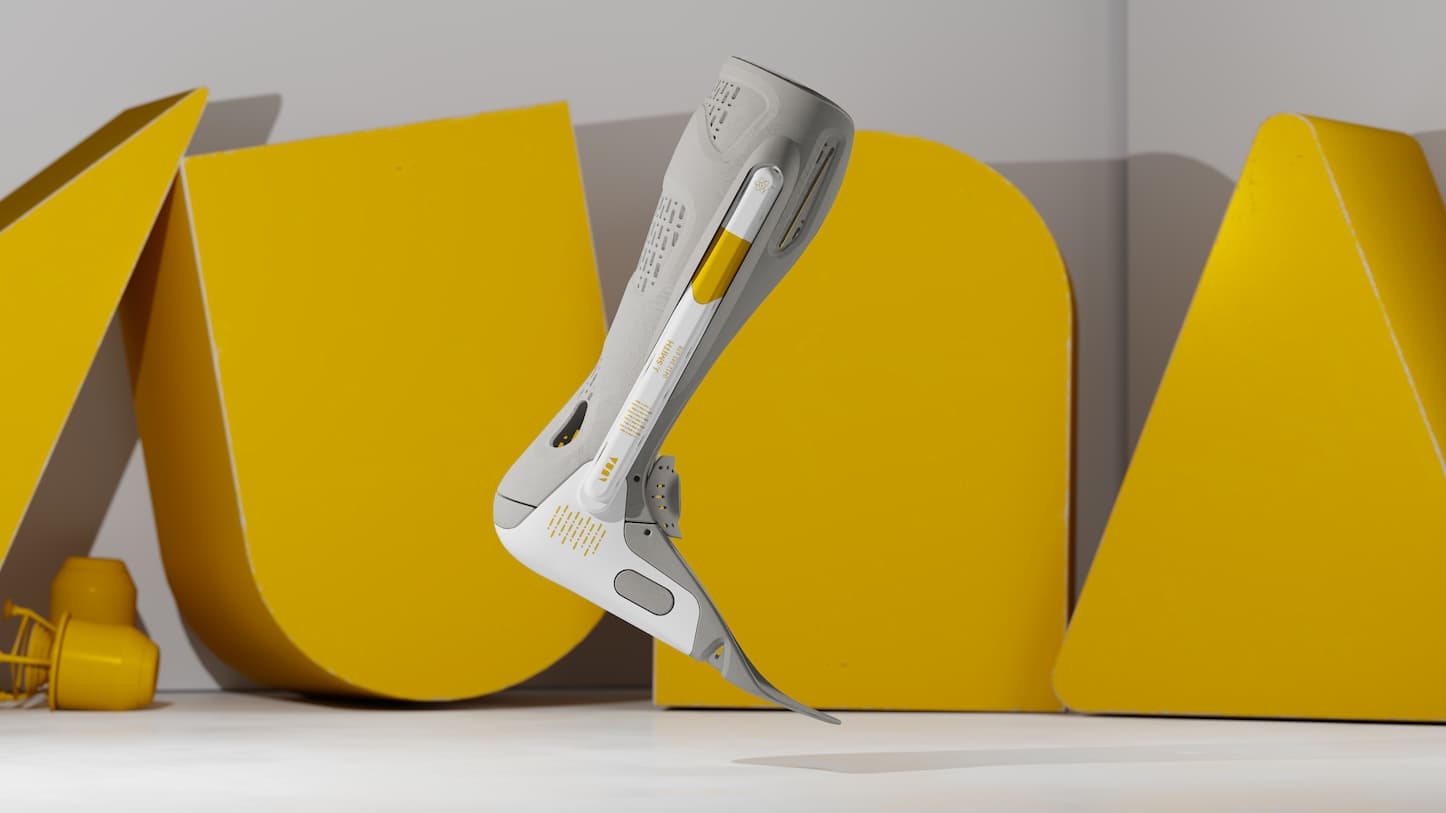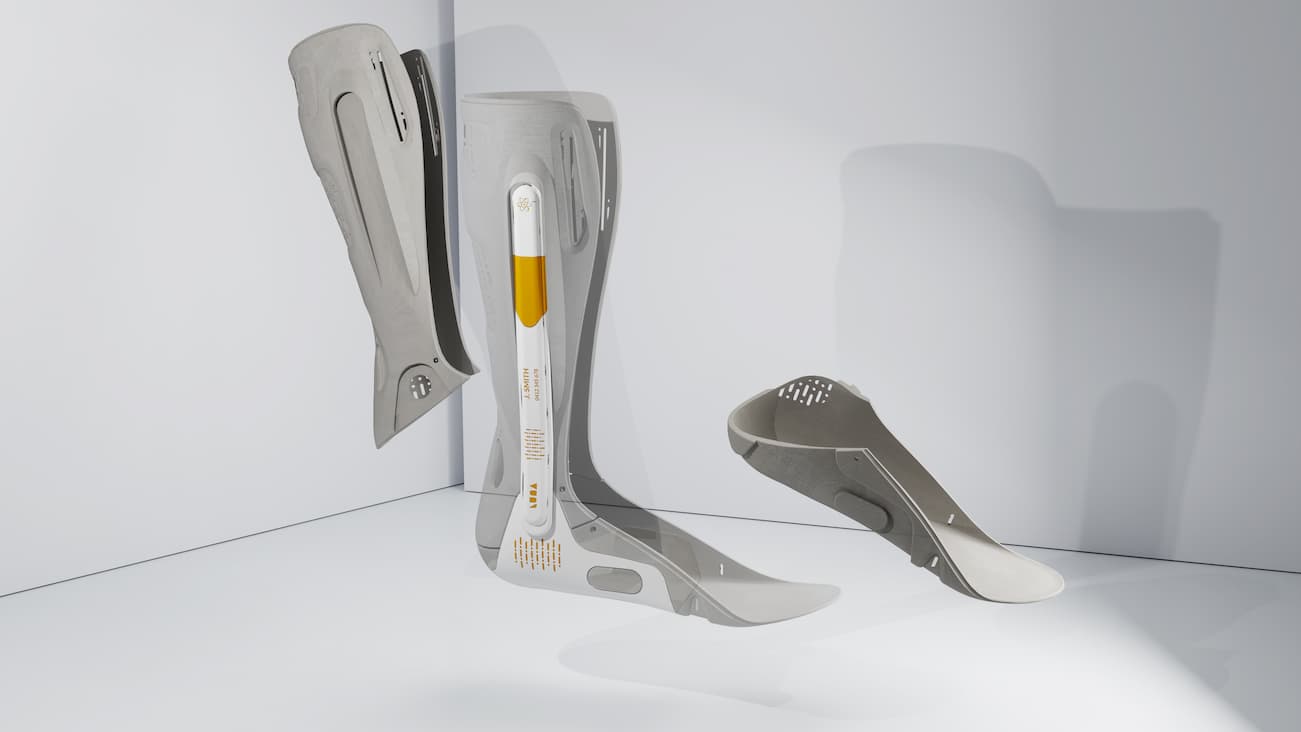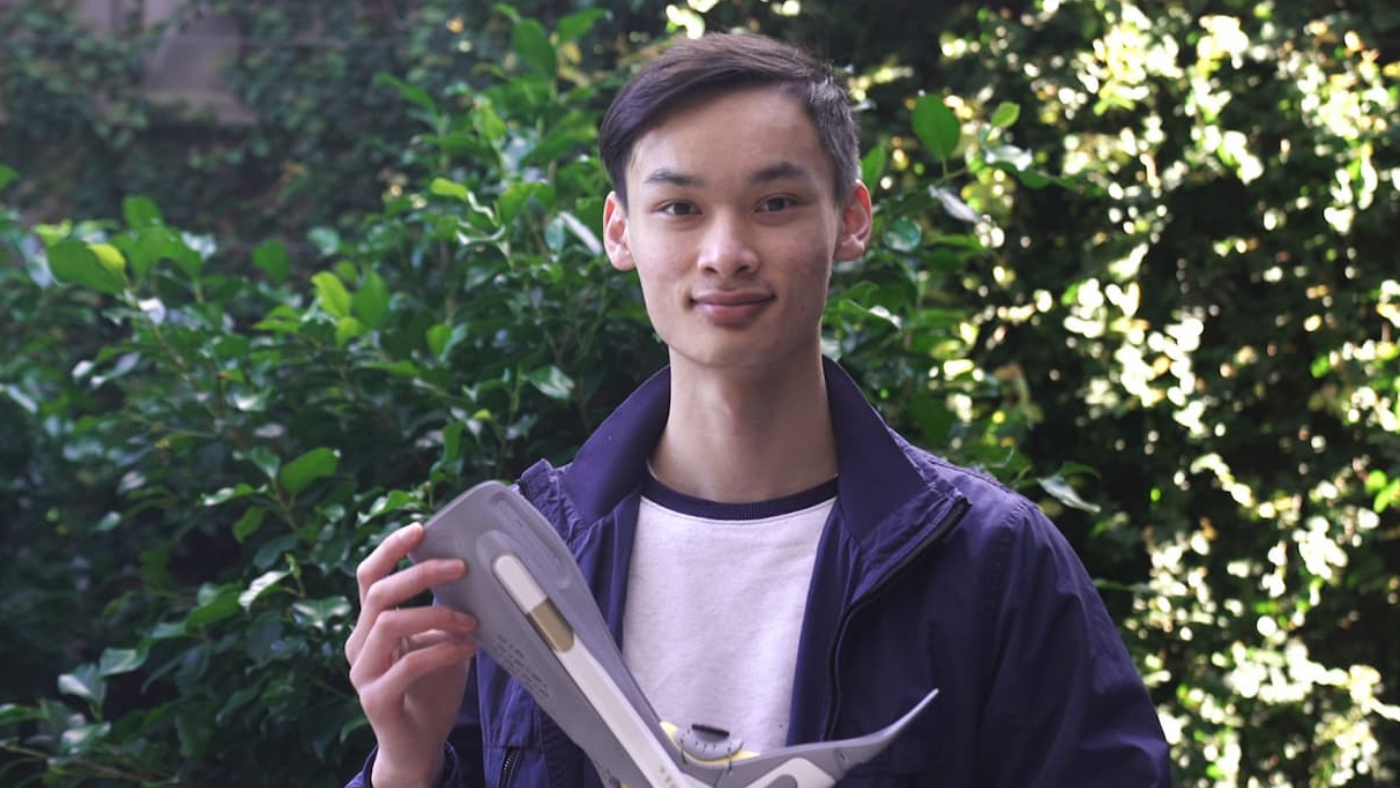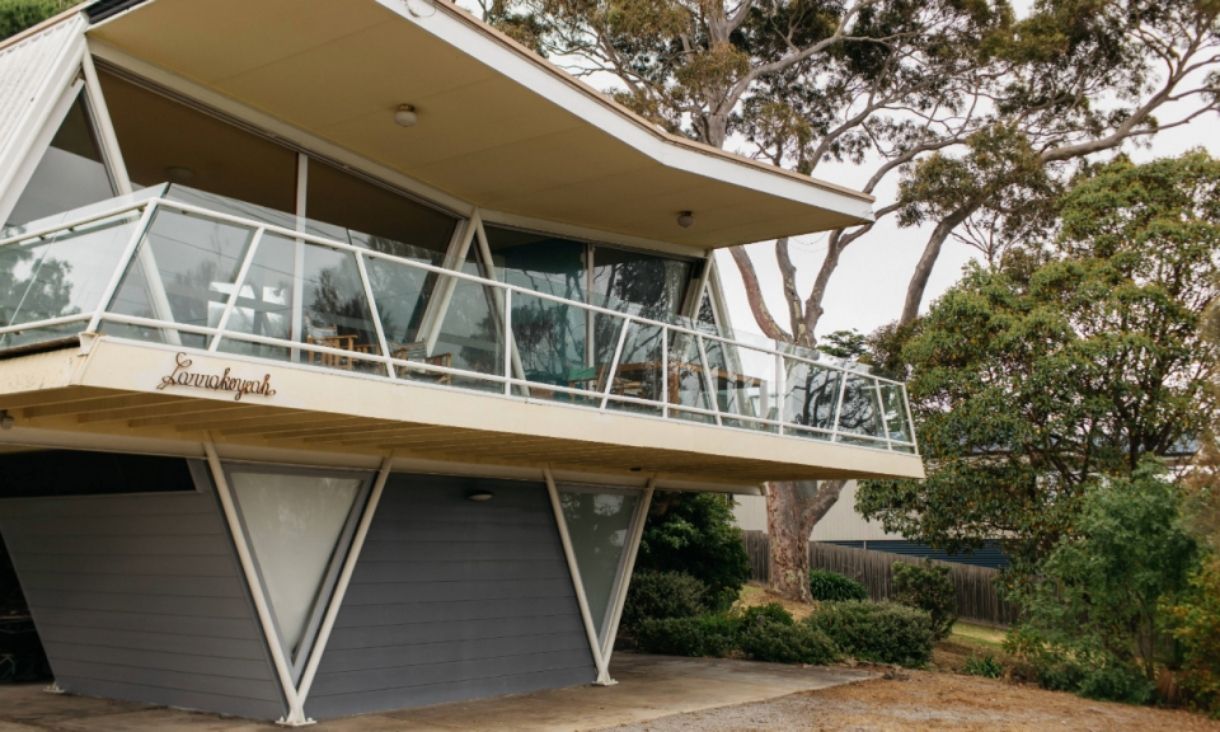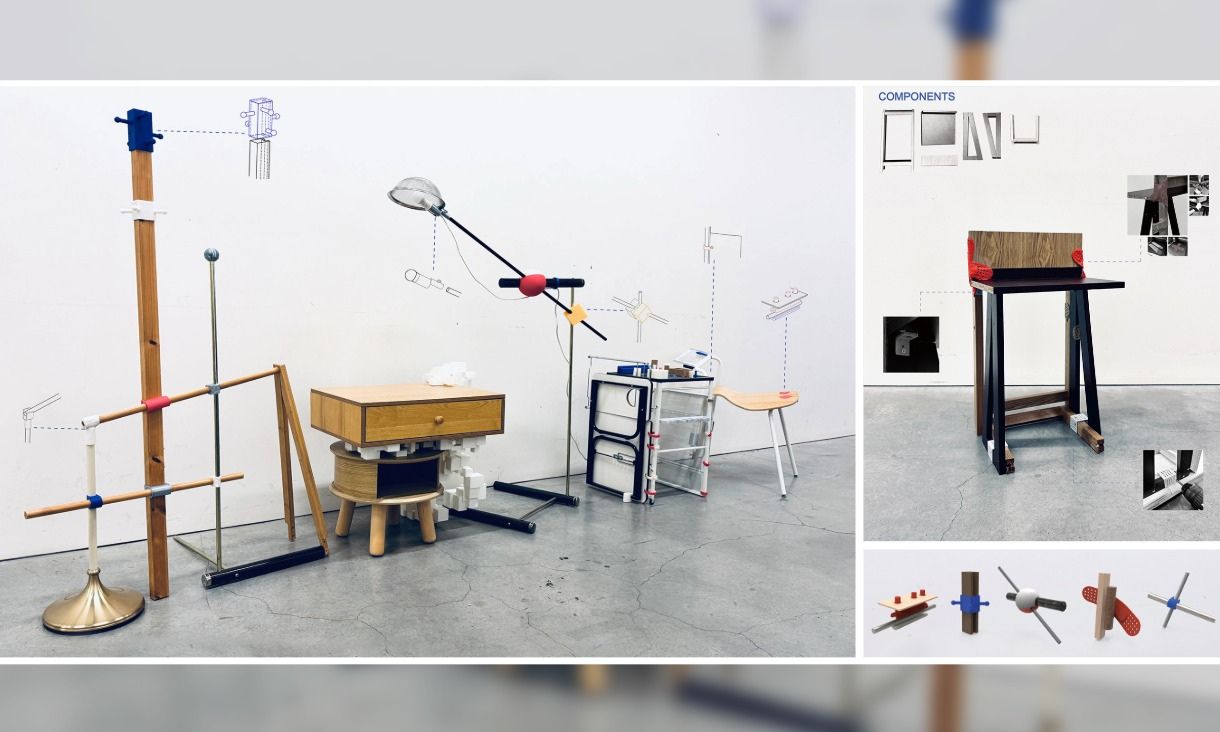The James Dyson Award is run by the James Dyson charity and encourages university students and graduates from all around the world to submit inventions that solve real-world problems.
Last month, Nguyen successfully won the title of the National winner for the James Dyson Award via his entry of the LUNA Modular AFO (ankle foot orthosis).
Nguyen is a final-year Bachelor of Industrial Design (Honours) student.
Judges chose Nguyen’s invention from over 2,000 entries coming from 28 countries and regions.
RMIT News spoke to Nguyen about his invention, the LUNA Modular AFO and his time at RMIT University.
What sort of world challenge were you trying to tackle when you set out to create the LUNA Modular AFO, and how has your invention solved this challenge?
I grew up with two family members with a rare condition called Hereditary Spastic Paraplegia, a disease that causes degeneration in your lower spinal cord.
This disease leads to motor and sensory impairments in their lower limbs, meaning sufferers have trouble walking and having feeling in their legs.
Currently, there are no cures or solutions that reverse this degenerative factor, and the only chance these kids have of having a normal life is using an AFO, also known as an ankle foot orthosis.
It's like a rigid plastic brace that these kids lock themselves into and it helps and supports them as they walk.
The main change between the LUNA AFO and the traditional ones is that the LUNA AFO is modular and has been designed to grow with the kids.
The biggest issue with the traditional AFOs is that because they're so tight fitting for the support needed, kids often get cuts, bruises and blisters.
Professionals advise that AFOs should be replaced every six to eight months. They are also expensive, costing up to $1,000. So from infancy to young adulthood people can pay around $30,000.
However, with the LUNA Modular AFO, they only need to replace the part that is associated with the area that has grown, rather than the whole system.
Did you encounter any obstacles when designing the Luna Modular AFO?
I was studying industrial design at RMIT so problem solving is something that we get very comfortable with.
The thing that I wasn't expecting was the pressure and the expectation for me to perform and design the solution, because when I started it was a purely academic endeavour.
I was interviewing and contacting industry professionals to get their assistance in this project.
I remember in the first interview the prosthetist I was speaking to who builds these devices said ‘We've been waiting for someone like you, for like a long time.’
I felt a wave of expectation and thought, ‘now they know that someone is looking to fix it and they're looking at me to fix it!’
The material used to make the AFO is cord nylon 11 or PA 1, a semi flexible- 3D printed material, that uses a brand new 3D printing process called multi-jet fusion.
In Victoria, there's only one company that had that machine and they only just got this material in around the time I started it.
So when I was getting this developed, I was also working with them because they were testing out the machine.
We ran into a few printing issues so I also had to start talking to International manufacturers to get this printed and shipped over, to ensure it was completed in time.
There were a lot of emails sent in lockdown!
